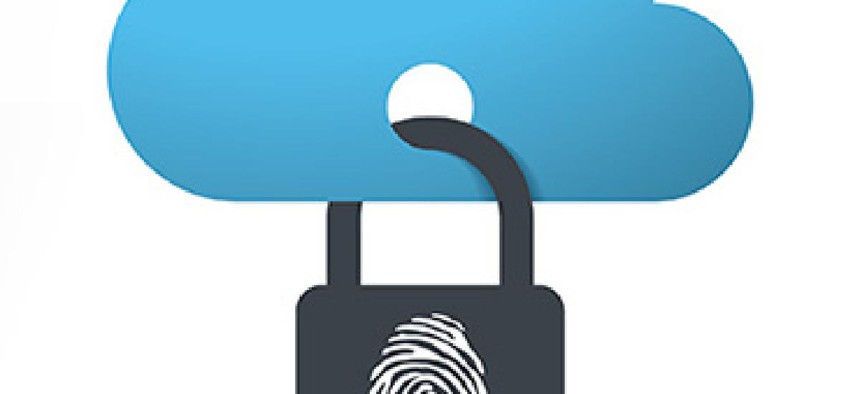USCIS looks to the cloud for E-Verify

U.S. Citizenship and Immigration Services is considering shifting data processing for the employee verification system to the cloud while maintaining the public-facing Web presence.

As the Department of Homeland Security launches the latest iteration of its E-Verify tool, officials are also contemplating the use of a cloud service provider to support behind-the-scenes data processing.
Employers use U.S. Citizenship and Immigration Services' Internet-based E-Verify system to determine employees’ eligibility to work in the United States by comparing the information new employees provide via their I-9 Employment Eligibility Verification forms against government records.
USCIS has been introducing additional capabilities for users, including applications that provide better protection for Social Security numbers and other personal data.
USCIS launched myE-Verify on Oct. 6 in Arizona, Idaho, Colorado, Mississippi, Virginia and Washington, D.C. It allows users to create their own accounts, add password protection to their Social Security numbers and find information on the eligibility process, said Juliet Choi, USCIS chief of staff.
The new capabilities also let users access Self Check to confirm their employment eligibility.
USCIS would like to move data processing for myE-Verify to the cloud. The agency recently issued a request for information seeking ideas from commercial cloud providers to conduct back-office data checks while USCIS maintains the public-facing Web presence.
The RFI solicits cloud vendors' input on how to provide a fully hosted identity and account management service that would include credential service management, identity proofing and authentication services. The RFI also asks about ideas for a fully hosted service that excludes the identity-proofing capabilities. Under that option, a vendor would use the identity-proofing service now provided by Self Check.
More than half a million U.S. employers use E-Verify to check that their new hires are authorized to work in the U.S., and almost 1,400 more join the online service each week.
NEXT STORY: The Queen Is Now Tweeting





